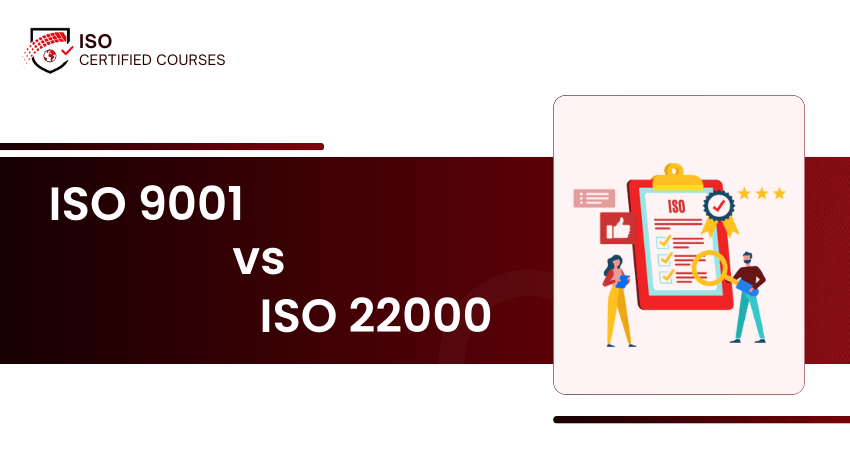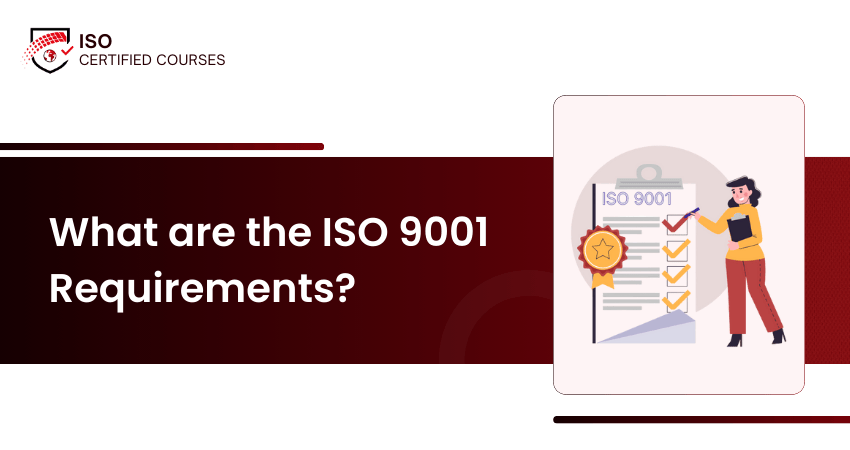What Is ISO 22000 Training Courses ?
Gain practical expertise in Food Safety Management with our ISO 22000 Training Courses. Designed for professionals across the food industry, this training empowers you to meet global safety standards, minimise risks, and build trust with consumers and stakeholders.
Countries
Locations Worldwide
Years of Expertise
Certified Trainers
Where is ISO 22000 Applied in Real-world Industries?
Food Manufacturing: Ensure safe production practices and comply with hygiene standards
Hospitality: Maintain food safety protocols in catering and foodservice operations
Agriculture: Protect crops and livestock with biosecurity and traceability systems
Retail: Manage food quality and reduce spoilage through supply chain control
Browse Our Courses
The Benefits of ISO 22000 Training Courses

63% boost in consumer trust through food safety awareness
Professionals trained in ISO 22000 contribute directly to building consumer confidence, with 63% of individuals in food roles reporting greater assurance in their ability to uphold product safety and brand reputation.

50% fewer food safety incidents through trained handling
Individuals applying ISO 22000 principles experience up to 50% fewer non-conformities in food management, thanks to strong preventive controls, hazard analysis, and a risk-based approach to daily operations.

68% more consistent hygiene and role clarity
Trained staff help create 68% more reliable hygiene practices and clearer role assignments, reducing confusion and promoting responsibility across food preparation and handling processes.

48% increased access to global food markets
Individuals with ISO 22000 knowledge are 48% more likely to support organisations in meeting complex international trade and compliance requirements, opening up global career pathways in food safety.

72% fewer legal issues for ISO-trained teams
Organisations employing ISO 22000-trained professionals report 72% smoother regulatory audits and significantly fewer legal complications, as compliance standards are better understood and upheld by skilled staff.

60% improvement in supply chain traceability
Businesses see a 60% rise in traceability and supplier accountability when their workforce is trained in ISO 22000, enabling faster risk identification and more transparent food safety practices throughout the chain.
Our ISO Training, Your Format
Choose the training format that fits your team’s goals, schedule, and preferred learning style. Our ISO Certified Courses are designed to deliver consistent, high-quality learning, anytime, anywhere.
Classroom Training
Online Instructor-Led Training
Online Self-Paced Training
Discover Your Ideal ISO Learning Path and Build a Standards-driven Future
Proven ROI: Why ISO Standards Matter
67% of organisations implementing Quality Management Systems report significant savings.
24/7 Learning Assistance

Served 10K+ Global Learners
Frequently Asked Questions
What is the main purpose of ISO 22000 Training?
ISO 22000 Training helps organisations ensure food safety by identifying and controlling hazards throughout the food supply chain. It also enables them to protect consumers, reduce risk, and demonstrate regulatory compliance.
Who should take the ISO 22000 Training?
This training is ideal for Food Safety Managers, HACCP Coordinators, Quality Assurance Professionals, Auditors, and anyone responsible for food safety compliance.
What are the key principles of ISO 22000?
Key principles include risk-based thinking, process approach, continual improvement, HACCP, traceability, communication, and management system integration.
Is ISO 22000 applicable to all food sectors?
Yes, ISO 22000 can be applied across all parts of the food chain — from primary producers and processors to transporters, retailers, and foodservice providers.
What version of ISO 22000 is currently in use?
The current standard is ISO 22000:2018, which places a stronger focus on the Plan-Do-Check-Act cycle and risk-based thinking across the FSMS.
Explore Our Most Popular Topics
Satisfied Clients From 5k+ Organisations In Different Fields












What Our Clients says about us
The ISO 9001 Internal Auditor Training gave me practical insight into quality systems and how to apply audit techniques effectively. The sessions were clear and approachable, even without prior auditing experience. I now feel confident reviewing documentation, identifying nonconformities, and contributing to continuous improvement. The real-world examples and audit scenarios helped me understand the practical side of compliance and how it fits into our daily operations.
Completing the ISO 45001 Foundation Training provided me with a solid understanding of occupational health and safety standards. The training clarified legal requirements, hazard identification, and risk control measures. I’ve applied this knowledge to improve our incident response protocols and reinforce safety culture within the team. It’s also made me more effective at communicating compliance expectations and supporting ongoing H&S initiatives.
The ISO 22301 Foundation Training helped deepen my knowledge of business continuity planning and risk preparedness. The course content was practical and focused on real implementation challenges, which I could immediately relate to my role. I now play a more active part in reviewing continuity plans and coordinating recovery strategies. The training has improved how we manage operational risks and strengthened our overall resilience.
I registered my team in the ISO 9001 Lead Implementer Training, and the improvements were visible right away. The training gave us the tools to standardise workflows, enhance documentation, and build a consistent quality management system. The team has taken ownership of processes and is now more proactive in identifying areas for improvement. It’s significantly enhanced how we align with best practices and deliver results with greater reliability.
Our team participated in the ISO 45001 Lead Auditor Training to reinforce our internal safety and compliance framework. The training not only improved our auditing skills but also helped us critically assess our workplace health and safety practices. We’ve since implemented stronger controls and improved reporting structures. The shift in awareness and engagement has been very positive, especially in high-risk areas.












































